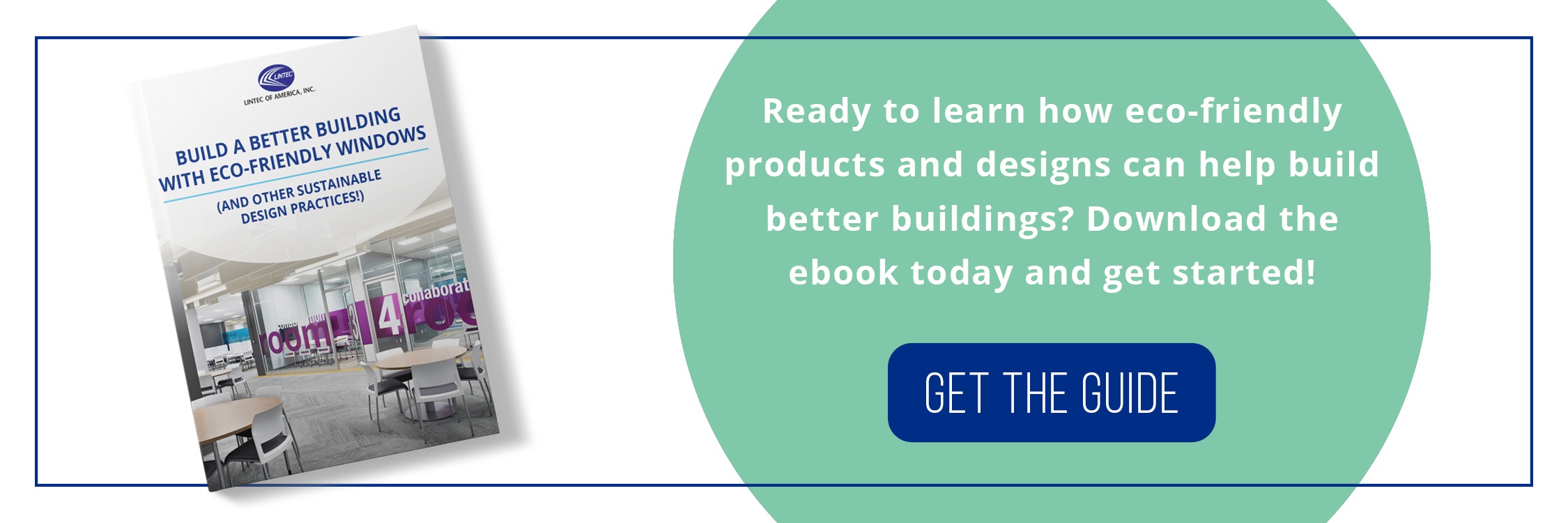
Sustainable architecture is all about taking natural resource expenditures, carbon footprint, and long-term environmental impact into consideration from the beginning of a project. Single-use materials create more waste, for example, than reusable or recyclable materials. Other materials take too much energy to produce or transport. The design of the building itself can also harness natural and renewable energy sources to make the structure’s energy footprint more sustainable. Here are three best practices to keep at the top of your mind when you go into your next sustainable architecture project.
1. Use Recycled Materials For Construction and Finishing
Research has shown that building construction alone is responsible for the consumption of 3 billion tons of raw materials globally each year. New or non-renewable construction materials can make it harder to achieve resource sustainability and have a negative impact on the environment in the long term.
Many builders have turned to post-consumer recycled materials such as rubber from car tires, plastics from consumer goods and packaging, aluminum from cans, and other pre-existing materials to cut down on waste. LINTEC of America, for example, creates eco-friendly window graphics and films from a minimum of 80% recycled plastics, which use 40% less energy to produce than traditional materials and keep the value of those plastics alive in your building and out of landfills.
It’s worth noting one potential meaning of “sustainability” is “durability.” Recycled plastics have a long lifespan and won’t need to be replaced for many years. The net effect is that already-existing materials are put to good use in a long-lasting work of sustainable architecture rather than being resigned to landfills.
2. Incorporate Sustainable Water, Heat, and Cooling
Something as simple as dirt can contribute insulation for more consistent year-round temperatures and lower overall energy output for interior climate control. Some sustainable architecture designs will dig in and use the earth around or over the structure—or place dirt and gorgeous plant life on the roof of the structure—to take advantage of its thermal mass. The earth and greenery absorb the sun’s energy, preventing it from overheating the interior of the building. On the other hand, it can release all that stored up energy into the structure overnight for more balanced day and night temperature cycles.
Harvesting rainwater from roof runoff and recycling greywater from inside the building can also make the building’s resources and energy needs more sustainable. Many cutting-edge buildings will filter and use greywater to flush toilets, for example, substantially cutting down on the use of fresh purified water from municipal systems.
3. Maximize Sunlight for Illumination
Sustainable architecture concepts are all about renewability, and daylight is an infinitely renewable resource. An eco-conscious building window design will maximize the natural light that gets into the building during the day while minimizing glare, UV light, and unwanted build-up of solar heat (perhaps with frosted, tinted, or textured window films). You could also consider skylights and methods of helping natural light penetrate deep into the interior of the structure, such as solatubes. The more sunlight provides illumination, the less the building will need to draw upon external or artificial energy sources.
LINTEC is Committed to Sustainable Architecture Design
Brands that emphasize eco-friendly building materials and finishing elements, from sustainably sourced lumber to window films made with 80% recycled PET materials, make it much easier to achieve truly sustainable architecture. LINTEC of America is committed to green building practices and minimizing the carbon footprint of your next project with help from post-consumer recycled materials. Contact us today for more information on our eco-friendly window graphic and film options!




